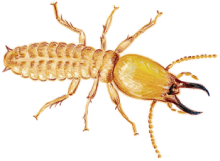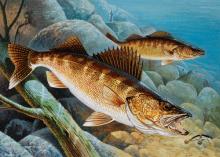Study Shows Neonicotinoid Pesticide Has Devastating Effect on Termites Due to Eusocial Behavior, Similar to Bees
A study led by Purdue University Entomology Professor Michael Scharf, Ph.D. finds that small doses of imidacloprid, a neonicotinoid pesticide, can halt the normal functioning of termite behavior, leaving colonies vulnerable to disease and eventual death. While this effect may be celebrated by the pesticide industry as a victory for termite control, it has serious implications for the use of imidacloprid and other neonicotinoid pesticides on all eusocial insects, such as ants and bees.










